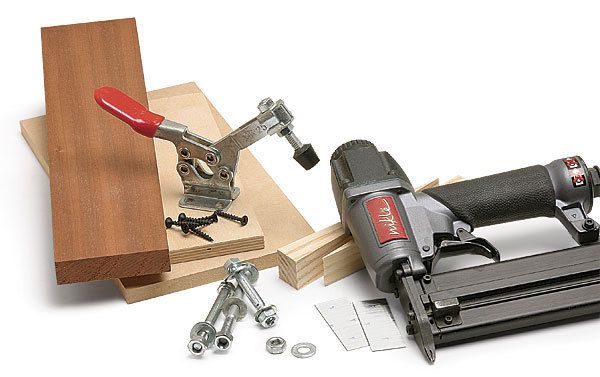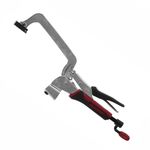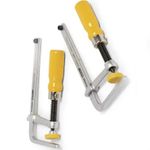Jigs 101
Build jigs quickly and accurately using the right materials, fasteners, and accessories
Synopsis: The purpose of any jig is to make life in the shop easier. Whether building a simple one-use jig for the job at hand or a more complex jig to last a lifetime, the key is to choose materials wisely and take your time. Gary Rogowski explains how to choose the right materials, fasteners, and hold-downs to make durable, easy-to-use jigs.
From Fine Woodworking #209
A good workshop jig will hold your work accurately and safely so you can make consistent, repeatable cuts quickly. Take the template-routing jig I use at the router table (see photo, right). It protects my fingers and allows me to reproduce a shape over and over. It also speeds up the shaping process. So in one jig I get safety, accuracy, and speed.
The purpose of any jig is to make life in the shop easier. Whether building a simple one-use jig for the job at hand or a more complex jig to last a lifetime, choose materials wisely and take your time. I design jigs to be easy to use, with stable materials that are flat and straight; I won’t grab just any piece of scrap and waste time trying to make it flat and square. I stick to plywood or medium-density fiberboard (MDF), with an occasional piece of hardwood where I need a high degree of accuracy or durability. I use glue or simple fasteners so that the jigs are quick to build yet hold up in use. And I ease edges to make them friendly to the touch.
The right materials
The purpose of the jig will determine what materials you should use. Mostly I use 3⁄4-in.-thick MDF or veneer-core plywood. When I need an absolutely square fence on a jig, I’ll use a piece of straight-grained hardwood milled flat and square.
When I need to glue up layer after layer, such as when I make a thick bending jig, I’ll use particleboard. It’s inexpensive and works just fine. If you need material with no voids or gaps in its edges, then use a material like Baltic-birch plywood. (In the western United States, a product known as ApplePly is also widely used for jig making.) I’ve used Masonite for router templates, but I generally prefer MDF because it’s easier to see pencil lines on the lighter surface. For jigs that get screwed or nailed together on edge, I use solid wood or plywood and drill pilot holes to avoid splitting the material.
Material that’s 3⁄4 in. thick allows enough room for countersinking large screw heads or bolt heads. It also reduces the chance of splitting if I have to screw into the edge of a piece. There are times when using thinner stock helps me hold a jig easier or maneuver it faster. When I cut butterfly keys on the bandsaw, for example, I hold the small workpieces steady in a simple jig made from two layers of 1⁄4-in. MDF. It’s nice to have a thinner profile on the jig to hold a thin wedge piece.
For the full article, download the PDF below:
Fine Woodworking Recommended Products

Double Sided Tape

Milescraft 4007 6in Bench Clamp

MicroJig Matchfit dovetail clamps























Log in or create an account to post a comment.
Sign up Log in